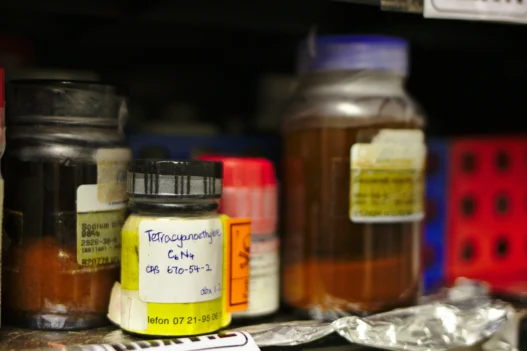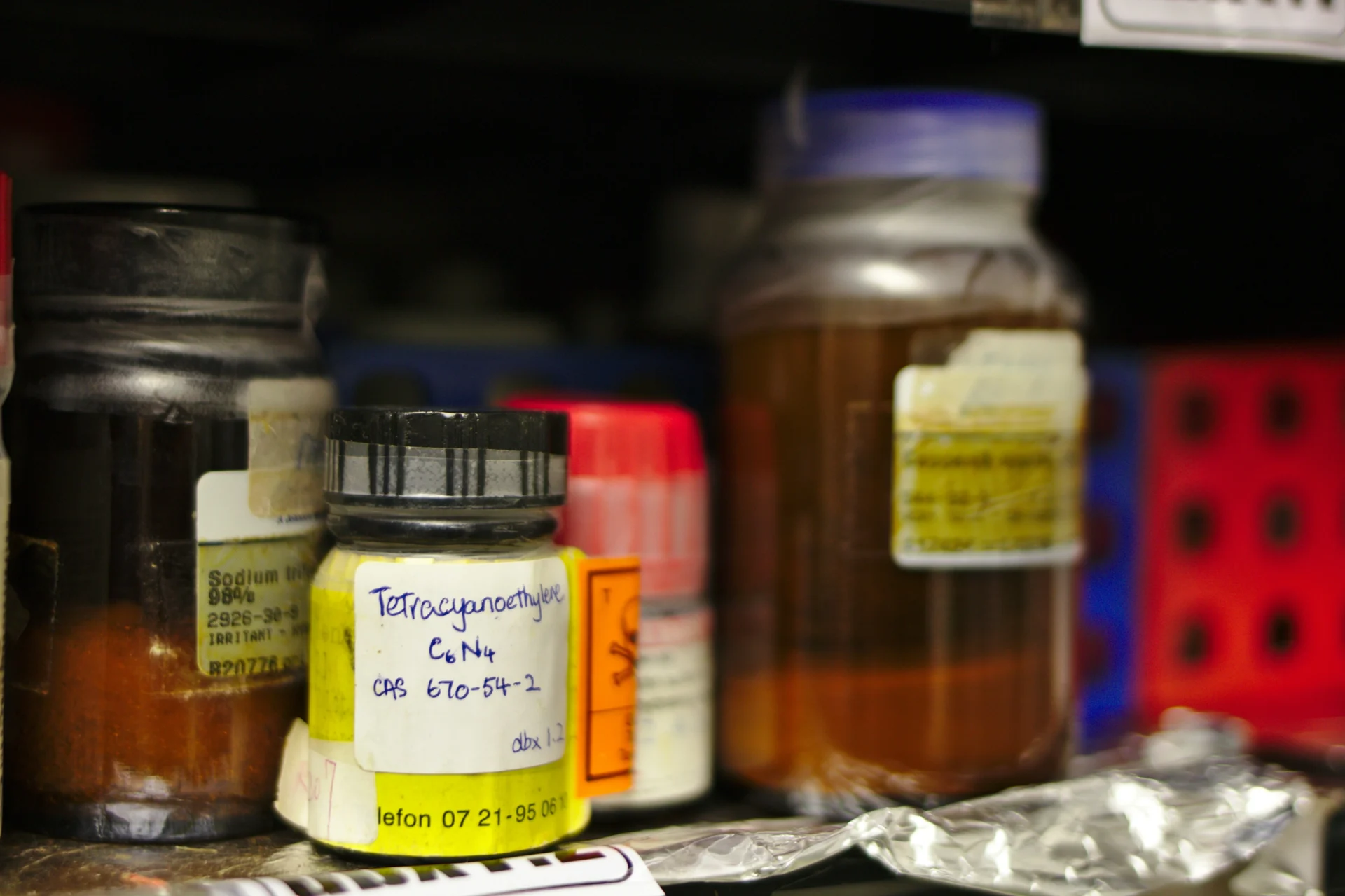17-Hydroxyandrost-4-en-3-one, a derivative of the hormone testosterone, plays a crucial role in various physiological processes in the human body. It is directly associated with the development of male sexual characteristics, as well as muscle growth and bone density. Additionally, this compound has been linked to energy levels, mood regulation, and overall well-being. Understanding the implications of 17-Hydroxyandrost-4-en-3-one can provide valuable insights into health, fitness, and hormonal balance in individuals’ everyday lives.
Table of Contents:
- 💡 Commercial Applications
- ⚗️ Chemical & Physical Properties
- 🏭 Production & Procurement
- ⚠️ Safety Considerations
- 🔬 Potential Research Directions
- 🧪 Related Compounds
💡 Commercial Applications
The compound 17-Hydroxyandrost-4-en-3-one, also known as 17-OHAT, has a variety of commercial and industrial applications. It is commonly used in the production of steroids and hormones, making it an essential component in the pharmaceutical industry. Additionally, 17-OHAT is used in the synthesis of various chemicals and research compounds, contributing to advancements in scientific research and development.
In the realm of drug and medication applications, 17-Hydroxyandrost-4-en-3-one plays a crucial role in the formulation of steroid medications. It is utilized in the manufacturing of anti-inflammatory drugs, hormone replacement therapies, and other pharmaceutical products aimed at treating various medical conditions. The compound’s properties make it a valuable ingredient in the production of medications that target specific hormonal imbalances and inflammatory responses in the body.
Furthermore, 17-OHAT is utilized in the development of performance-enhancing drugs and supplements, particularly in the sports and fitness industries. Athletes and bodybuilders may use products containing this compound to aid in muscle growth, recovery, and overall physical performance. While the use of such substances is subject to regulations and restrictions in competitive sports, the demand for 17-Hydroxyandrost-4-en-3-one in the sports and fitness sectors remains prominent.
⚗️ Chemical & Physical Properties
17-Hydroxyandrost-4-en-3-one appears as a white crystalline powder with no distinct odor. It is commonly used in the production of anabolic steroids due to its chemical structure and properties.
The molar mass of 17-Hydroxyandrost-4-en-3-one is approximately 288.42 g/mol, with a density of about 1.13 g/cm³. This puts it in the range of molar mass and density of common food items such as sugar and salt.
The melting point of 17-Hydroxyandrost-4-en-3-one is around 193-195°C, while the boiling point is approximately 466-468°C. These values are significantly higher than those of common food items like butter and chocolate.
17-Hydroxyandrost-4-en-3-one is insoluble in water but soluble in organic solvents. It exhibits low viscosity, making it easily mixed with other compounds. In comparison to common food items, it has a similar solubility profile to oils and fats, but lower viscosity than honey or syrup.
🏭 Production & Procurement
Production of 17-Hydroxyandrost-4-en-3-one typically involves the extraction of sterols from plant sources such as yams or soybeans. These sterols are then chemically modified through processes such as hydrogenation and oxidation to yield 17-Hydroxyandrost-4-en-3-one. The synthesis of this compound requires specialized equipment and expertise in organic chemistry.
17-Hydroxyandrost-4-en-3-one can be procured from chemical suppliers who produce and distribute pharmaceutical intermediates. It is commonly transported in sealed containers to prevent degradation or contamination during transit. Careful handling and storage conditions are necessary to maintain the integrity of this compound.
When procuring 17-Hydroxyandrost-4-en-3-one, it is important to ensure that the supplier adheres to quality control standards to guarantee the purity and potency of the product. Additionally, proper documentation and labeling of the compound are essential for regulatory compliance and traceability. Proper handling procedures should be followed to mitigate any potential risks associated with this compound.
⚠️ Safety Considerations
Safety considerations for 17-Hydroxyandrost-4-en-3-one, also known as 17-OHAT, should be carefully considered due to its potential hazards. It is important to handle this compound with caution and adhere to proper safety protocols when working with it in any capacity. Protective equipment such as gloves, goggles, and lab coats should be worn to minimize the risk of exposure to the skin, eyes, or respiratory system. Additionally, proper ventilation should be utilized to prevent the inhalation of any vapors or fumes that may be produced during handling or storage.
The hazard statements for 17-Hydroxyandrost-4-en-3-one include causing skin irritation, serious eye damage, and respiratory irritation. This compound may also be harmful if swallowed or if it comes into contact with the skin. In case of exposure, immediate medical attention should be sought, and contaminated clothing should be removed. It is crucial to avoid breathing in vapors, mist, or gas and to use protective gloves when handling this substance to prevent skin irritation.
Precautionary statements for 17-Hydroxyandrost-4-en-3-one include wearing protective gloves, eye protection, and face protection when handling this compound. It is important to wash hands thoroughly after handling and to avoid breathing in any vapors, mist, or gas produced during use. In case of skin irritation or rash, medical advice should be sought immediately, and contaminated clothing should be removed. This compound should be stored in a well-ventilated area away from heat sources or open flames to prevent the risk of fire or explosion.
🔬 Potential Research Directions
Research on 17-Hydroxyandrost-4-en-3-one, a steroid hormone known as androstenolone or DHEA, has focused on its potential therapeutic applications in various conditions such as depression, osteoporosis, and age-related disorders.
Studies have also explored the potential role of 17-Hydroxyandrost-4-en-3-one in improving cognitive function, longevity, and immune response. Research has shown promising results in animal models, but further clinical trials are needed to establish its efficacy and safety in humans.
Future research directions may involve investigating the molecular mechanisms underlying the effects of 17-Hydroxyandrost-4-en-3-one, as well as exploring novel therapeutic strategies involving this hormone. Additionally, studies may focus on identifying potential biomarkers or genetic factors that influence individual responses to 17-Hydroxyandrost-4-en-3-one treatment.
🧪 Related Compounds
One similar compound to 17-Hydroxyandrost-4-en-3-one is Testosterone, which has a very similar molecular structure. Testosterone is a steroid hormone from the androgen group and is primarily secreted in the testes of males and the ovaries of females. It plays a crucial role in the development of male reproductive tissues and promotes secondary sexual characteristics such as increased muscle mass and body hair.
Another similar compound is Boldenone, which is also known as 1-Dehydrotestosterone. Boldenone is an anabolic steroid that exhibits similar properties to testosterone but with reduced androgenic effects. It is commonly used in veterinary medicine to promote growth in livestock, but it has also been abused by athletes and bodybuilders to enhance muscle mass and performance.
A further compound with a similar structure is Dihydrotestosterone (DHT), which is an endogenous androgen sex steroid and hormone. DHT is synthesized from testosterone in certain tissues like the prostate gland, skin, and hair follicles. It is a potent agonist of the androgen receptor and plays a crucial role in male sexual development and function. Unlike testosterone, DHT cannot be aromatized into estrogen, making it less likely to cause estrogen-related side effects.









